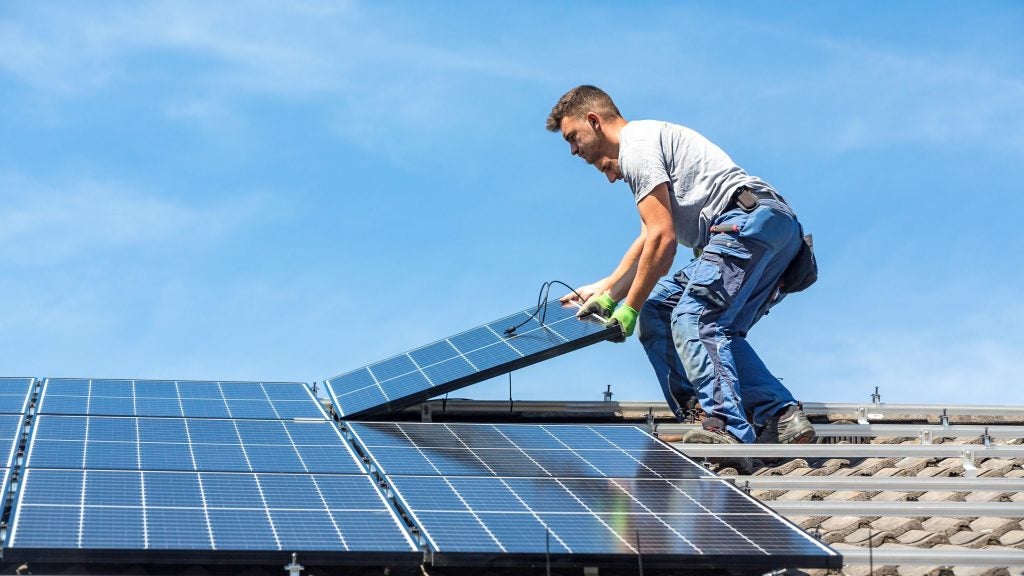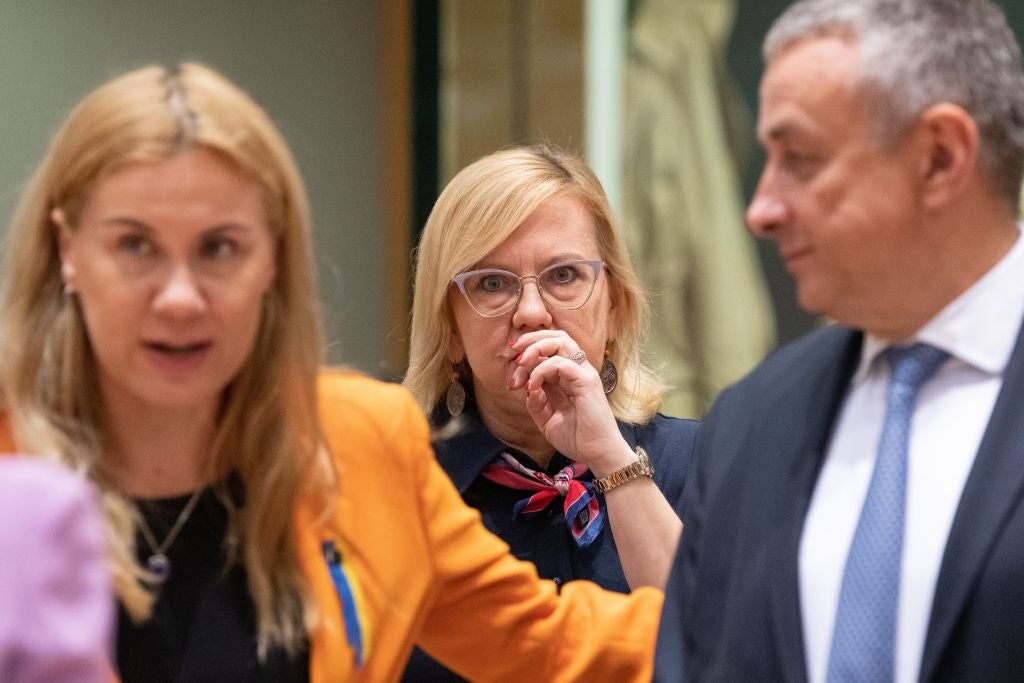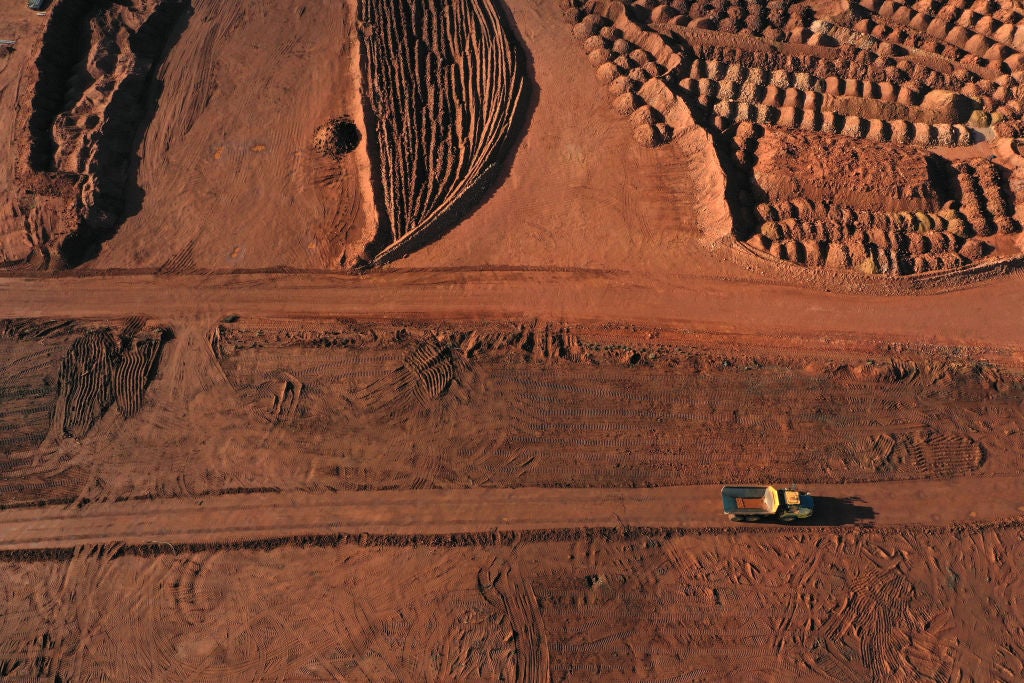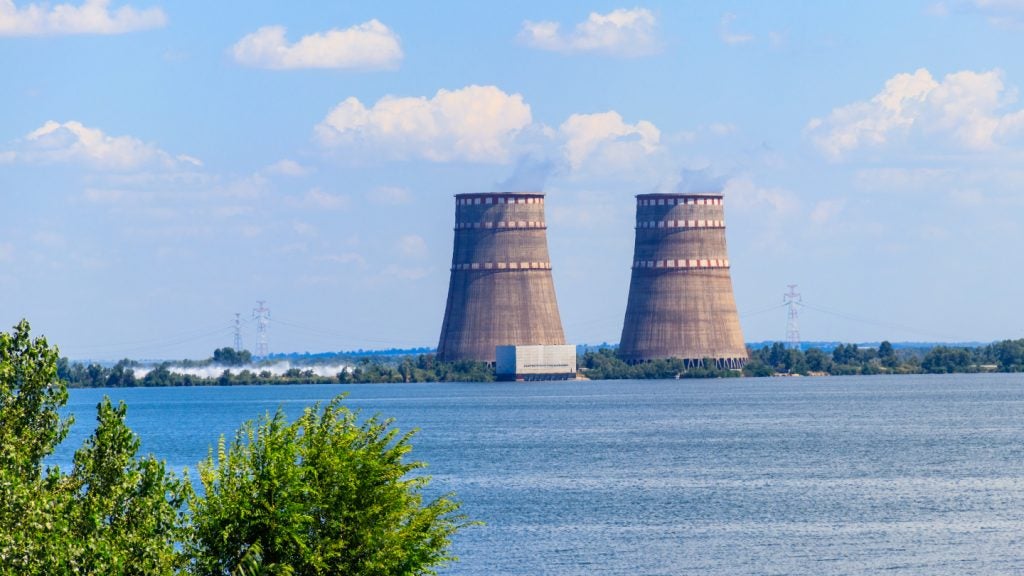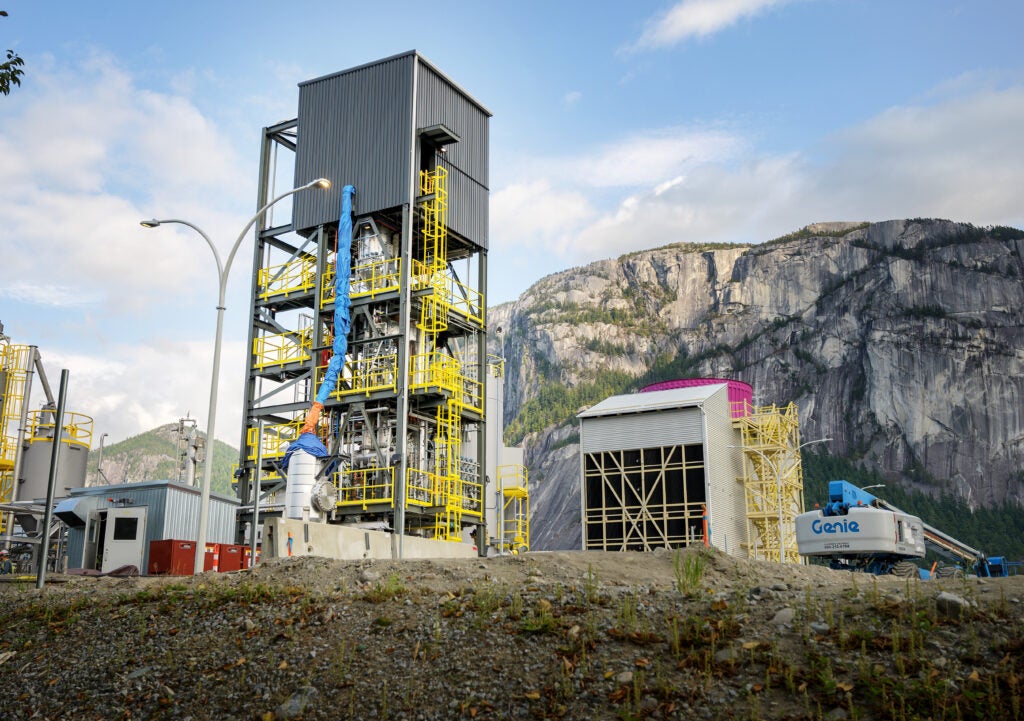Around 40GW of solar panels, the same amount installed across Europe in 2022, are currently gathering dust in European warehouses, with the number likely to grow to 100GW by the end of 2023.
On the back of unprecedented solar growth, most EU countries are set to hit their solar installation targets ahead of schedule. However, a growing number of solar panels are sitting in storage because of various bottlenecks and barriers along the supply chain, including labour shortages, critical material delays and long interconnection queues. National and local governments, grid operators and utilities need to urgently sort out those problems if the bloc is to end its dependence on Russian gas and improve energy security.
If these stored solar panels were deployed, they would displace seven billion cubic metres (bcm) of fossil gas, according to a report from Berlin-based NGO Beyond Fossil Fuels. That is equivalent to 4% of Europe’s pre-war Russian fossil gas import. And by year's end, there will be enough solar in storage to displace 15bcm of fossil gas.
“European countries need to expand training programmes for solar panel installers, address grid bottlenecks and streamline bureaucratic processes to get solar panels out of warehouses and onto the roofs of homes and businesses as fast as possible,” says Tara Connolly, Beyond Fossil Fuels campaigner. “This should be the top priority for governments across Europe trying to cut emissions and get Europe off gas rapidly.”
In 2022, 230 million tonnes of CO2 emissions were saved through solar deployments globally.


